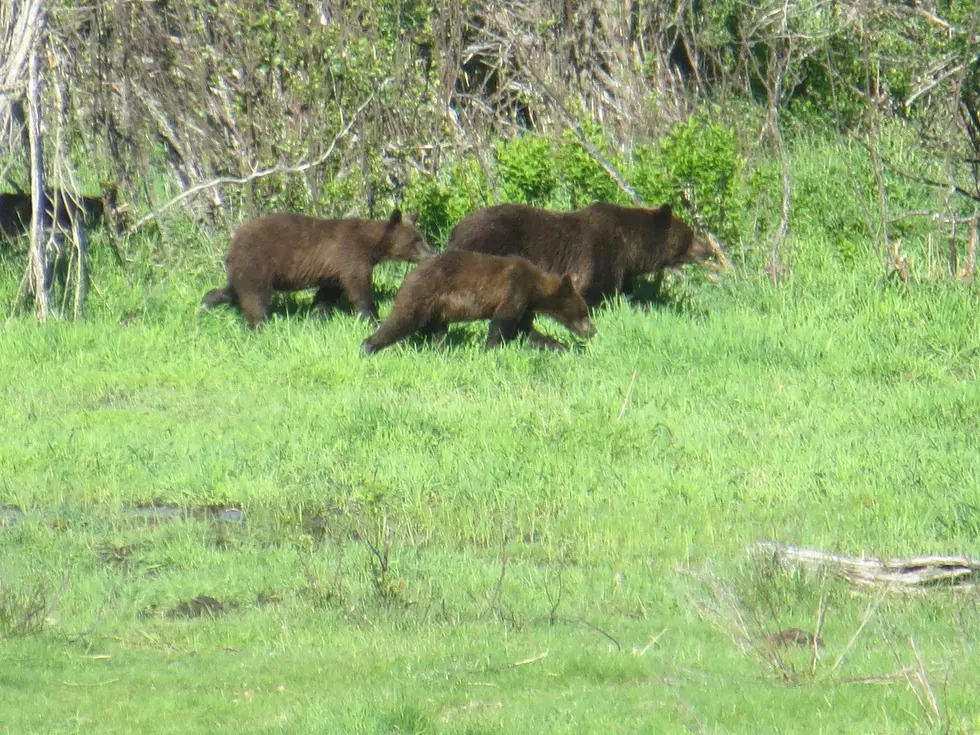
Viewpoint: Grizzlies do it naturally
Mike Bader
There seems to be little support for artificially reintroducing grizzly bears into the Bitterroot Ecosystem (BE), the vast area of roadless wildlands in north-central Idaho and western Montana. The Helena Independent Record (3/23/24), reports comments on the new Environmental Impact Statement (EIS) process are almost entirely opposed to artificial reintroduction.
That doesn’t mean everyone is against grizzly recovery in the Bitterroot. Far from it. There is strong support for natural recovery allowing grizzly bears to immigrate from other areas on their own, as they have been doing with increasing frequency in recent years.
The U.S. Fish & Wildlife Service (FWS) proposed artificial reintroduction in 2000 but changed their position to No Action after funding for the plan was blocked by Congress. After doing nothing for over 20 years they were sued and agreed to produce a new plan and EIS by October 2026. The bears have come a long way since 2000. Back then, few people thought grizzlies would get to the BE on their own in any significant numbers. Now FWS estimates breeding activity could occur as soon as 15 years. Another analysis shows female grizzlies could reach the BE in 5-10 years.
There are reasons to believe a slow and steady approach to recovery in the BE will ruffle less feathers and be more biologically viable. University of Idaho researchers conducted a survey of Idaho residents closest to the recovery area finding while they are generally opposed to grizzly bear reintroduction, they are less resistant to the idea of bears immigrating in on their own.
A recent letter from the Ravalli County Commissioners echoes this point. They prefer no action but find natural recovery preferable to artificial reintroductions by the federal government. They say a government reintroduction would reduce support for grizzly recovery across the region. History shows that naturally immigrating species such as the famous Ninemile wolves were accepted and they safely denned on private land.
Reintroductions of grizzly bears have not met with much success. Due to a very strong homing instinct, most bears attempt to return to where they were moved from. Many are killed in the process of negotiating unfamiliar and sometimes hostile habitats. Moreover, radio-collared “government bears” could create a backlash that marks these bears for death.
This sets the stage for serious consideration of a natural recovery alternative. This would differ from no action as it would include habitat connectivity areas between the BE and other grizzly bear recovery areas which the FWS says would enhance the probability of long term survival of grizzly bears in the Northern Rockies. Identifying locations for installation of passage structures across major highways would facilitate movements not just for grizzlies but many other species including elk, moose and black bears. The natural recovery approach would increase information and education programs, sanitation efforts and bear awareness.
More than two dozen organizations and scientists have proposed a natural recovery alternative for consideration in the EIS process. The plan and supporting documents can be viewed and downloaded at: https://www.regulations.gov/comment/FWS-R6-ES-2023-0203-1164
The choice is between doing nothing and waiting until a problem develops and reacting to it after the fact, or accepting the current reality that grizzlies are returning to the BE and being proactive, getting ahead of the curve and helping this work. Grizzlies can do the rest.
Chuck Jonkel, a giant of bear biology said, “grizzlies have been making babies for thousands of years. They don’t need any help from us. What they need are secure habitats where they can do that.” And a safe way to move from one secure habitat to another. Grizzlies do it naturally.
Mike Bader is an independent consultant in Missoula with decades of experience in grizzly bear management and research.
